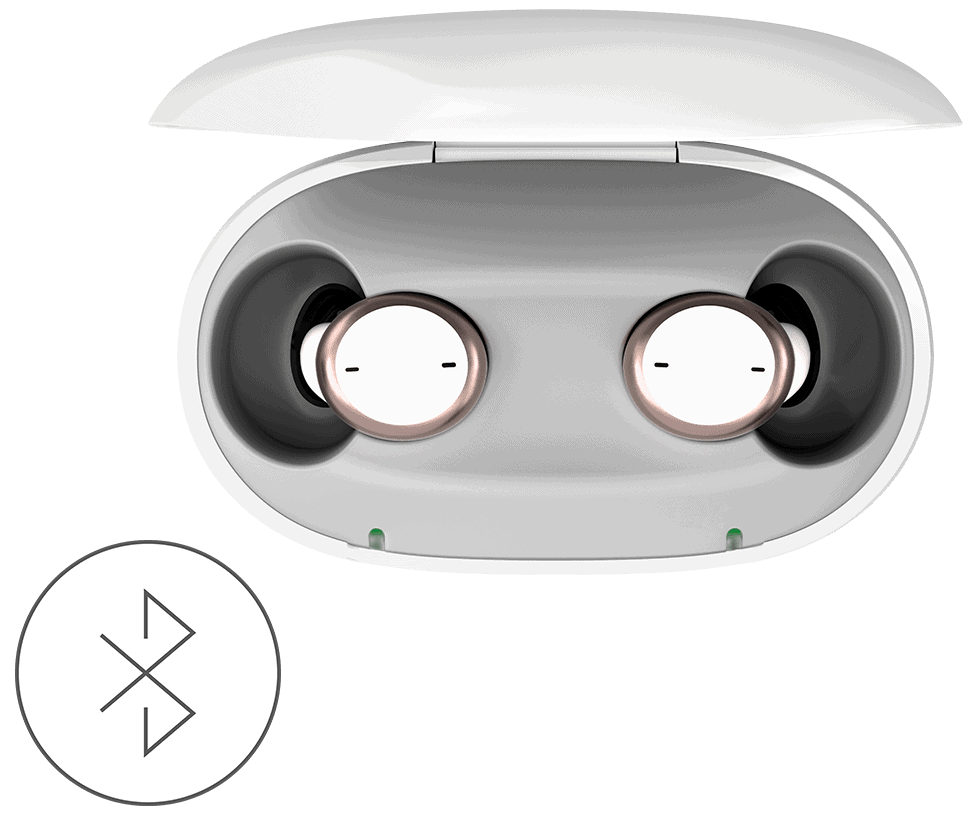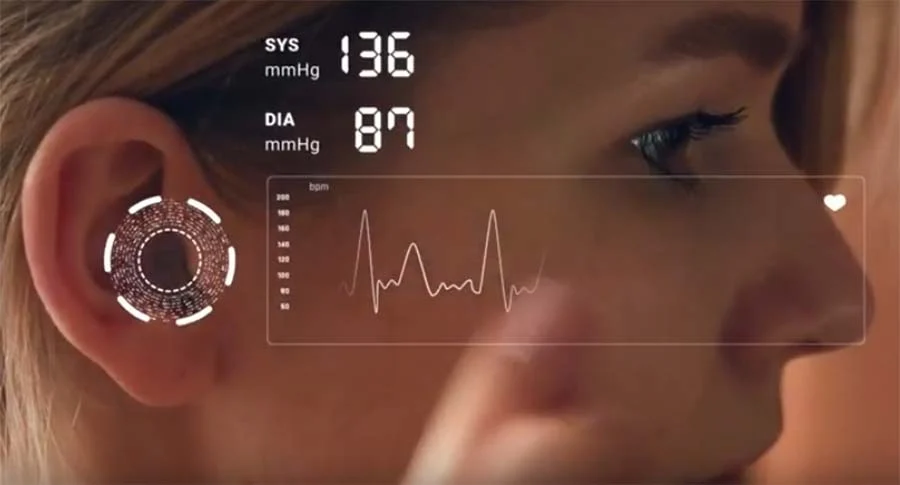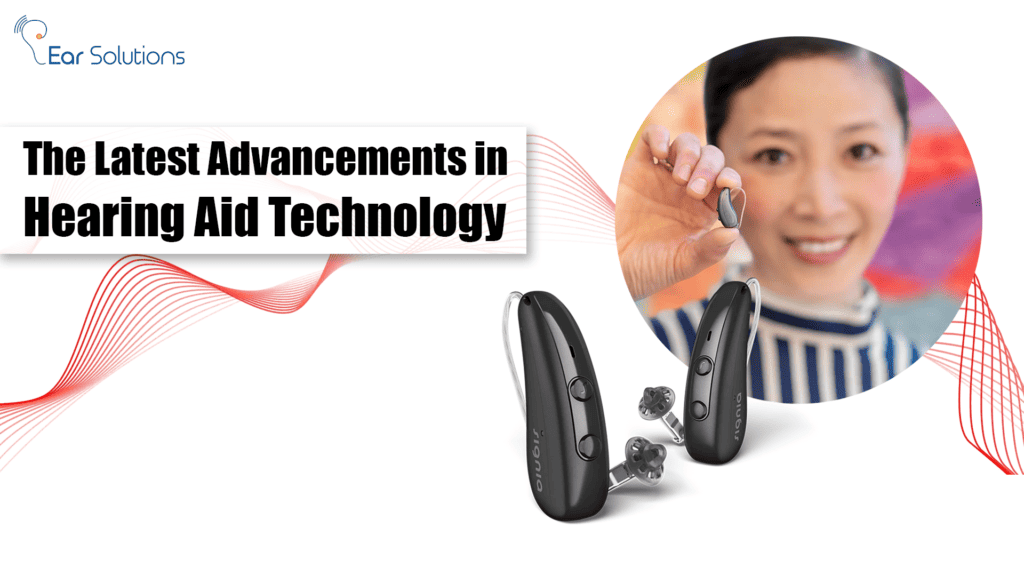The world of hearing aid technology has undergone a transformative evolution, bringing forth innovations that were once the realm of science fiction. In recent years, remarkable advancements have been made, elevating hearing aids from simple sound amplifiers to sophisticated, intelligent devices. These breakthroughs are not just enhancing auditory experiences; they are profoundly impacting the lives of millions of individuals worldwide. Let’s explore the cutting-edge technologies shaping the future of hearing aids.
1. Artificial Intelligence and Machine Learning: Enhancing Hearing Aid Intelligence
The integration of artificial intelligence (AI) and machine learning algorithms has brought a groundbreaking era for hearing machines, transforming them into intelligent, adaptive devices. These advanced systems can analyze and adapt to an individual’s listening environment in real time, making crucial adjustments that significantly enhance the auditory experience. AI-powered hearing aids are capable of refining speech from background noise, an achievement that was once challenging for traditional devices. Through automatic adjustments, these smart aids optimize settings for optimal clarity, even in noisy environments.

What sets these AI-driven devices apart is their ability to learn and adapt based on user preferences. Over time, these hearing aid devices learn from the wearer’s habits and behaviors, refining their performance to cater specifically to the wearer’s unique needs. This adaptive learning process ensures a highly personalized auditory experience, delivering unparalleled clarity and comfort to the user. The AI technology not only restores hearing but does so in a way that is aligned with the wearer’s preferences, leading to a natural and seamless hearing experience.
2. Bluetooth Connectivity and Wireless Capabilities: Seamless Connectivity for Modern Lifestyles

The integration of Bluetooth technology into hearing aid machines has revolutionized the way users connect with the world around them. Modern hearing aids are now equipped with wireless capabilities, allowing seamless connectivity with smartphones, tablets, and a lot of other smart devices. This wireless integration enables users to stream phone calls, music, podcasts, and even GPS directions directly into their hearing aids. Gone are the days of struggling to hear a conversation over the phone; now, users can enjoy crystal-clear, hands-free communication.
Additionally, Bluetooth connectivity grants users unparalleled control over their hearing devices. Dedicated apps, accessible from mobile devices, empower users to adjust volume levels, tweak noise reduction settings, and modify other features with a simple tap on their smartphones or tablets. This level of control not only enhances user convenience but also ensures discretion, allowing users to make real-time adjustments without drawing attention to their hearing aids.
3. Rechargeable Batteries and Extended Battery Life: Convenience Redefined
Traditionally, ear machines relied on disposable batteries, posing challenges, especially for individuals with dexterity issues. The latest hearing aids have embraced rechargeable technology, eliminating the need for frequent battery replacements. These rechargeable devices offer a full day of usage on a single charge, providing users with uninterrupted hearing throughout their daily activities.

Moreover, some models feature quick-charging capabilities, enabling users to gain several hours of usage with just a short charging session. This convenience ensures that users can confidently rely on their hearing aid machines without worrying about sudden battery failures, allowing them to engage fully in their lives without interruptions.
4. Telehealth and Remote Hearing Care: Revolutionizing Hearing Healthcare
The rise of telehealth services has extended to the realm of hearing healthcare, providing unparalleled accessibility and convenience for users. Many hearing aid manufacturers now offer remote programming and adjustments through telehealth platforms. With a simple internet connection, users can connect with audiologists and hearing care professionals from the comfort of their homes. This remote hearing care model ensures timely adjustments and personalized support, without the need for in-person visits, which can be challenging, especially for those with mobility issues or residing in remote areas.
5. Tinnitus Management and Sound Therapy: Comprehensive Solutions for Hearing Challenges

Hearing aid machines have evolved beyond their primary function of addressing hearing loss; they now offer comprehensive solutions for related conditions such as tinnitus. Advanced hearing aids come equipped with built-in tinnitus management features, providing customized sound therapy to reduce the symptoms of tinnitus. These therapies utilize a variety of soothing sounds, such as ocean waves or white noise, to distract the brain from tinnitus-related noises, offering relief and improving overall well-being. This holistic approach to hearing healthcare ensures that users receive tailored solutions that address the full spectrum of their auditory challenges.
6. Water and Dust Resistance: Durability for Active Lifestyles
The latest generation of hearing aid devices boasts water and dust resistance ratings, making them exceptionally durable and suitable for active lifestyles. These resilient devices can withstand exposure to moisture and dust, offering users the freedom to engage in various activities without worry. Whether it’s sweating during exercise, getting caught in a sudden rain shower, or navigating dusty environments, users can confidently wear their hearing machines, knowing they are protected. Waterproof hearing aids and dust-proof hearing machines remain functional and reliable, regardless of the environmental conditions, providing peace of mind to the users.

7. Binaural Processing and Directional Microphones: Mimicking Natural Hearing
Binaural processing, a standard feature in modern hearing devices, involves coordinating communication between hearing aids worn in both ears. This synchronized communication enables hearing aids to work together, simulating natural hearing processes more accurately. Directional microphones further enhance this by focusing on sounds of interest while reducing background noise. By combining these features, modern hearing aid devices create a more immersive and natural listening experience. Wearers can effortlessly engage in conversations, even in noisy environments, as these devices prioritize speech clarity, making social interactions more enjoyable and less exhausting.
8. Sensors and Health Monitoring: Beyond Auditory Assistance

Some cutting-edge hearing aids have incorporated sensors that can detect changes in movement, social interactions, and even falls. These sensors serve a dual purpose: enhancing safety and providing valuable insights into the wearer’s overall activity levels. In case of a fall, these sensors can alert wearers or caregivers, ensuring prompt assistance and reducing the risk of injury. Additionally, this health monitoring aspect contributes to a more holistic approach to healthcare. Users can stay informed about their physical well-being, allowing them to take proactive measures to maintain their health. This integration of health monitoring capabilities expands the role of hearing aids, transforming them into comprehensive devices that promote overall well-being and safety.
Conclusion:
The latest advancements in hearing aid technology have led to a new era of auditory solutions, where innovation meets compassion, transforming lives in profound ways. These intelligent hearing devices are not just about restoring hearing; they are about enhancing communication, fostering connections, and promoting overall well-being. As these technologies continue to evolve, the future holds even more promise, ensuring that individuals with hearing challenges can fully engage with the world, embracing a life rich in sound and meaning. With every innovation, the world takes a significant step toward a more inclusive and accessible future for all.




